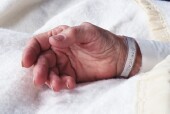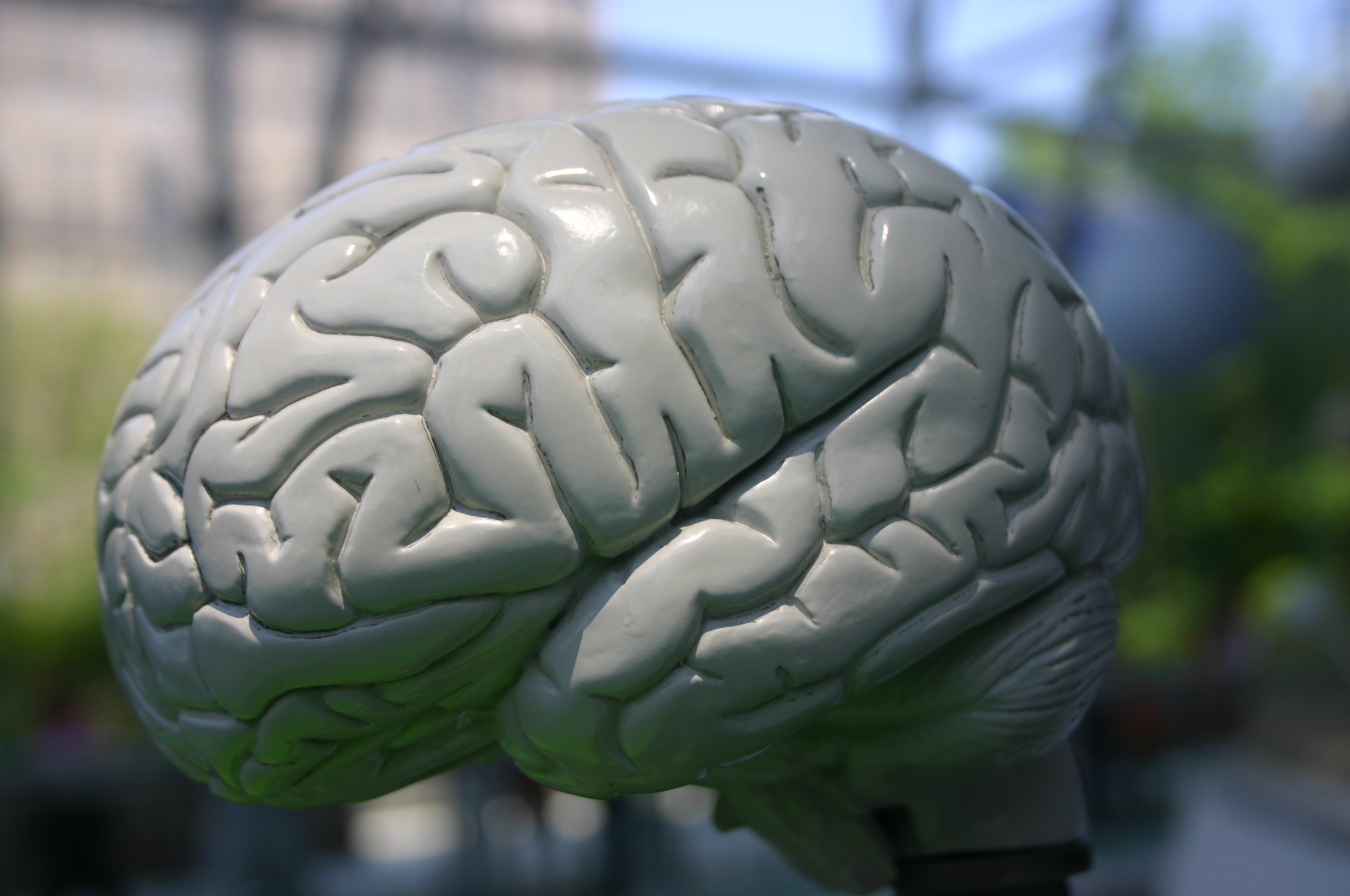
FRIDAY, Aug. 19 (HealthDay News) — Some patients do dream while in a minimally conscious state and are therefore likely to still have a form of consciousness about themselves and the external world, a new study says.
The researchers used electroencephalography (EEG) to compare the structure of sleep in 11 brain-damaged patients — six in a minimally conscious state and five in a vegetative state (unresponsive wakefulness).
“We used as a marker of arousal the fact that the [patient] had his/her eyes open and muscle tone, and as a marker of sleep the fact that the patient had closed eyes and muscle inactivity,” Dr. Steven Laureys, director of the Coma Science Group at the University of Liege in France, said in a university news release.
Electrical activity differed little between sleep and wakefulness in patients in a vegetative state, but the sleep of patients in a minimally conscious state was similar to that of normal sleep in a healthy person, the investigators found.
During sleep, the patients in a minimally conscious state had changes in “slow wave” activity in the front of the brain considered important for learning and brain plasticity. They also had non-rapid eye movement, slow wave sleep and rapid eye movement, which is associated with dreaming.
“Everything thus indicates that they have access to dreaming,” Laureys said. “As a result, we can legitimately suppose that they still have a form of consciousness of self in addition to a certain consciousness of the external world.”
The study was published in the August issue of the journal Brain.
More information
The University of Washington has more about vegetative and minimally conscious states.

